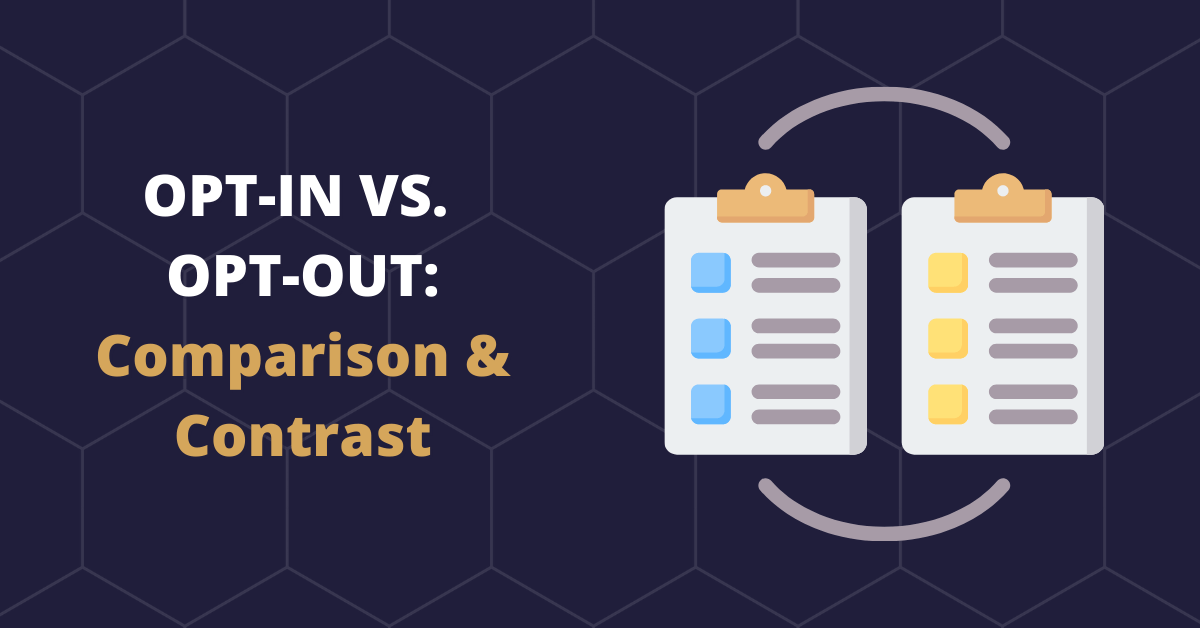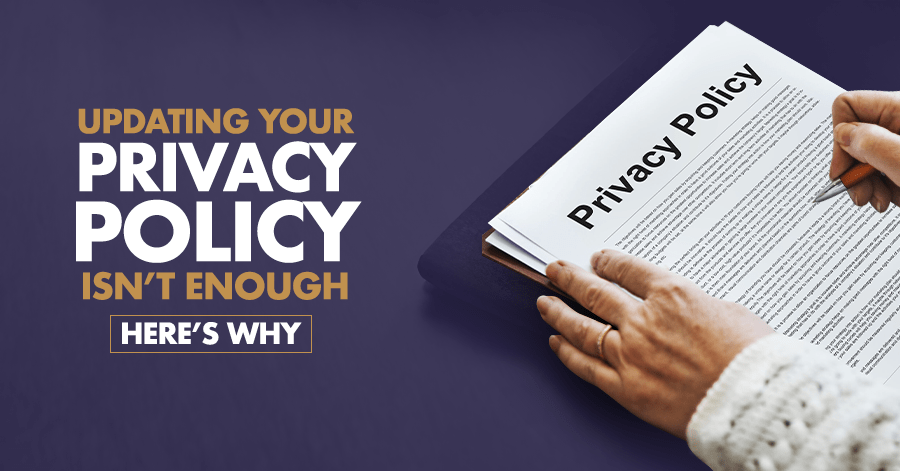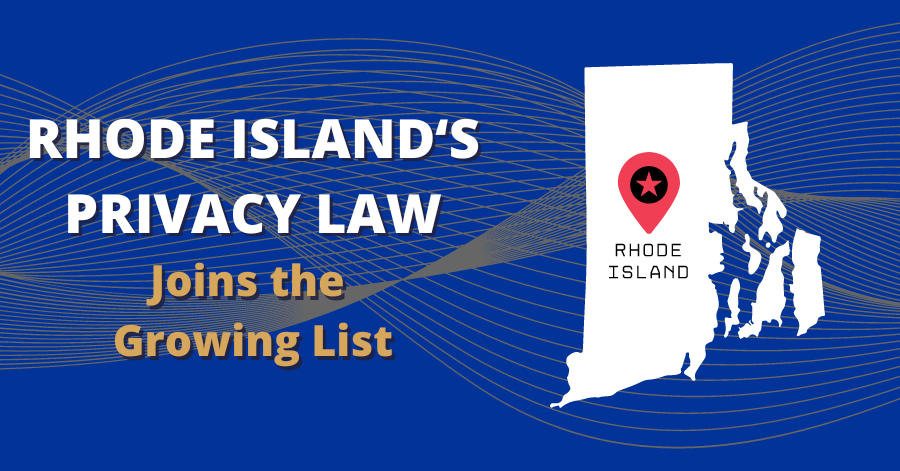Opt-in vs. Opt-Out: Comparison & Contrast


When it comes to online privacy, businesses have several options for obtaining consent from consumers, including opt-in, opt-out, and hybrid models. Each approach has different requirements, and staying compliant with the latest laws is crucial for any business. In this article, we will explore the various consent models, particularly the opt-in vs. opt-out models, and examine how to ensure compliance with different privacy regulations.
Opt-In Consent
Opt-in consent is a method where users must take a specific action to give a business permission to collect and use their information. This can include ticking a box, clicking a button, or taking any other proactive measure to establish consent. Businesses often use opt-in methods for newsletters, subscriptions, and cookies. Without a consumer’s explicit consent, a company that uses the opt-in method cannot drop cookies on a consumer’s browser, making it impossible to track user behavior.
This method is more prevalent outside the US, where data privacy laws like the GDPR give users more control over their data. Even when opt-in is not legally required, this approach can foster a higher level of trust with consumers and encourage brand loyalty, particularly when handling sensitive information.
Opt-Out
The opt-out model, on the other hand, requires businesses to disclose that they collect and use information and gives consumers the option to opt-out. In contrast to the opt-in model, companies that use the opt-out model assume consent until a person takes action to revoke permission.

Best of Both Worlds: The Hybrid Approach
When it comes to obtaining consent from consumers, a one-size-fits-all approach may not always be appropriate. In certain situations, a hybrid model may be the best option. This approach combines elements of both opt-in and opt-out models, depending on the type of information being collected and how it will be used. For example, a company may use an opt-out regime for non-sensitive information and an opt-in regime for personal information that requires additional protection.
A study by fast.MAP found that “29% would opt-in to emails and other messages, compared with 51% who say they would not opt-out.” This suggests that the hybrid method can provide consumers with more control over their data while also giving businesses a better chance of obtaining non-sensitive information.
Which Approach is the Best?
When considering different consent models, it is essential to keep in mind the legal requirements of data privacy regulations such as the GDPR. By understanding the obligations of these laws, businesses can tailor their strategies to secure consent while also complying with regulatory bodies. This approach can help to create a balance between obtaining necessary information and respecting consumer privacy.
In the European Union, the ePrivacy Directive and the GDPR have overlapping requirements for obtaining consent for the use of cookies. Together, these regulations create a strict privacy regime that gives EU citizens significant control over their personal information, regardless of where they are located.
Comparing GDPR Opt-In to CCPA Opt-Out
The GDPR states that consent must be “freely given, specific, informed, and unambiguous.” This can be indicated through a statement or a clear affirmative act, such as clicking a button or ticking a box. For example, when an EU citizen visits a business website for the first time, the business may display a cookie banner at the bottom of the page, which requires the user to accept or decline the use of cookies. Until the user gives their consent, the business cannot collect personal information or use tracking cookies to monitor their behavior.
In contrast, the California Consumer Privacy Act (CCPA) and the California Privacy Rights Act (CPRA) provide consumers with the right to opt-out of the sale of their personal information. California residents over the age of 16 can instruct businesses not to sell or share their data. To give consumers adequate time and information to make this decision, the CCPA requires businesses to provide a “notice at collection” before or at the time of data collection. This notice should list the categories of personal information being collected and the reasons for collecting it.
For minors between the ages of 13 and 16, opt-out is the default setting, but they may choose to opt-in. Children under 13 must have a parent or guardian opt-in on their behalf.
Complying with Opt-In vs Opt-Out Requirements
Staying compliant with data privacy regulations can be challenging, as the landscape is constantly evolving. Businesses must stay informed about the latest requirements to ensure they are obtaining consent in a manner that complies with the law. And with our state-of-the-art privacy compliance software, 4Comply, that task has never been easier.
Contact us today for a free demo of 4Comply’s full capabilities.



